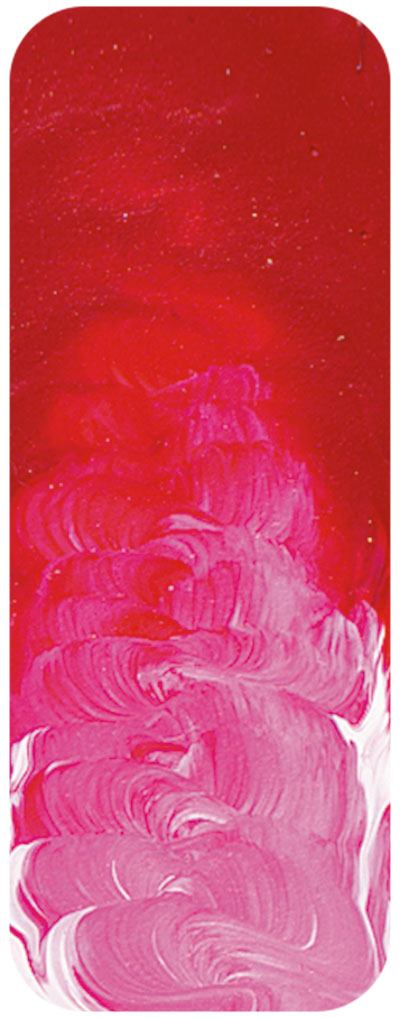Brilliant Alizarin Matisse Fluid 135ml
Couldn't load pickup availability
Description
"The predecessor of this colour, Alizarin Crimson was first synthesized in 1868 and immediately became a hit with artists since these deep cherry reds are incredibly useful as mixing colours on the palette. Alizarin was developed from the colouring agents found in the root of the madder plant. Madder had been used from at least 1500BCE in ancient Egypt. It was too weak to use as a paint colour but by using mordants it was able to produce beautiful reddish colours on cloth. Fragmentary examples from ancient Egypt, Greece, and Rome have survived showing its popularity while there is no surviving artwork with traces of madder which suggests that it was never used as paint. There are often suggestions by historians that madder might have been used in the Renaissance for painting but there is little evidence for that beyond guesswork and confirmed examples of red lake pigments reveal that the red was from Kermes insects, also known as Lac. It wasn???t until 1804 that George Field developed a process for creating a paint pigment from madder. The synthetic alizarin came decades later when Perkins in England at virtually the same time as Graeb and Leibermann succeeded in Germany. Both parties filed to patent it and when they discovered their respective patents, it was Perkins who had to give his up as his filing was one day after the German patent. it is quite amazing that after such a huge amount of time of people using madder and trying to improve it, independent researchers in different countries had the same idea, did the same work, and succeeded within a day of each other.
Alizarin was first thought to be very permanent, although this proved incorrect in the long run, and its production and usage became a huge industry. Low cost and the beauty of the colour ensured that its usage continued long after pigments of superior permanence became available in the 1930???s. It wasn???t generally realized how poor the pigment was until independent testing at the ASTM revealed that it was at best an ASTM III colour which is considered to be unsuitable for use in artists paints. When acrylic paints became available from the late 1950???s manufacturers searched for alternatives that were more permanent but that had a similar deep crimson hue.
In the early days of Matisse acrylics Brilliant Alizarine filled the role played by the much less permanent alizarin crimson. Instead of slavishly doing what some competitors were doing, which was to make a blend that copied the genuine alizarin pigment which in some cases included adding a touch of black to the blend because alizarin is a slightly dirty crimson, Matisse created this clean bright blend and gave it its unusual name. The colour was intended to fill the same colour mixing role as alizarin but without some of the drawbacks including the impermanence and the slight dirtiness that prevented some of the most delicate bright mixtures to be made. The colour was a hit and has been loved ever since but we should step back for a minute and ask why it should be used in today???s world? It does have the drawback of being ASTM II but what does that mean in practical terms?
Both ASTM I and ASTM II are considered as durable and acceptable for permanent painting. It basically means that in normal conditions indoors a colour will show little or no change in an 80 to 100 year time frame when used full strength. Those colours rated as ASTM I will have the same reliability even in very pale tints with white but the ASTM II colours may show some perceptible fading in very pale tints mixed with white. Matisse does offer excellent ASTM I colours in this colour range such as Matisse Rose Madder and Deep Rose Madder both of which are superb alternatives but both colours are more expensive than Brilliant Alizarine and the artist on a budget will appreciate the excellent value for money of this colour.
In many cases spending a little less gives you something less beautiful


